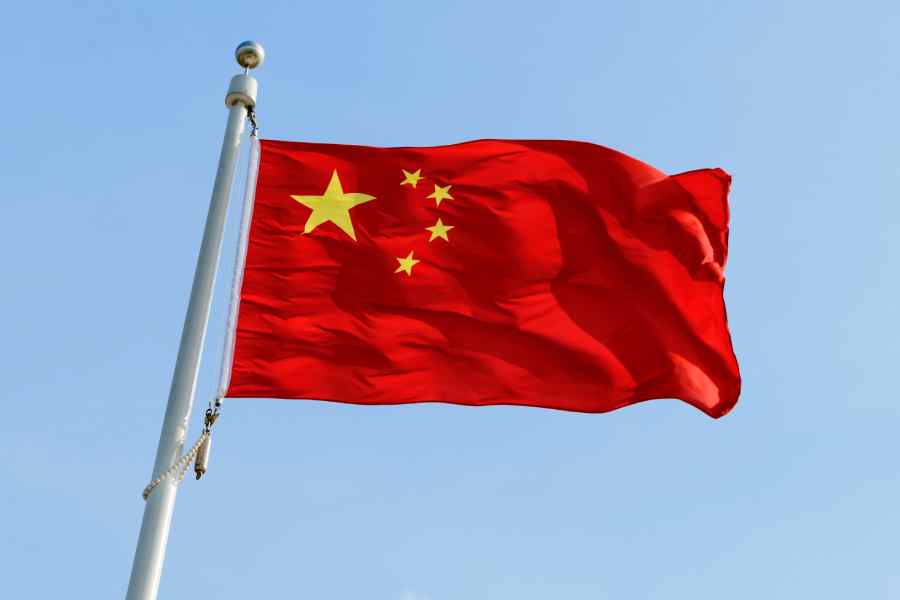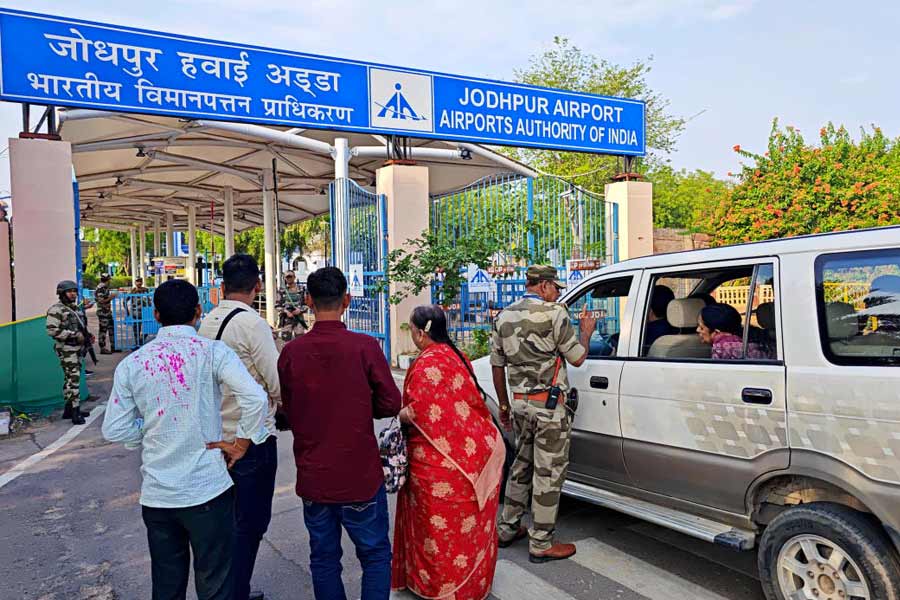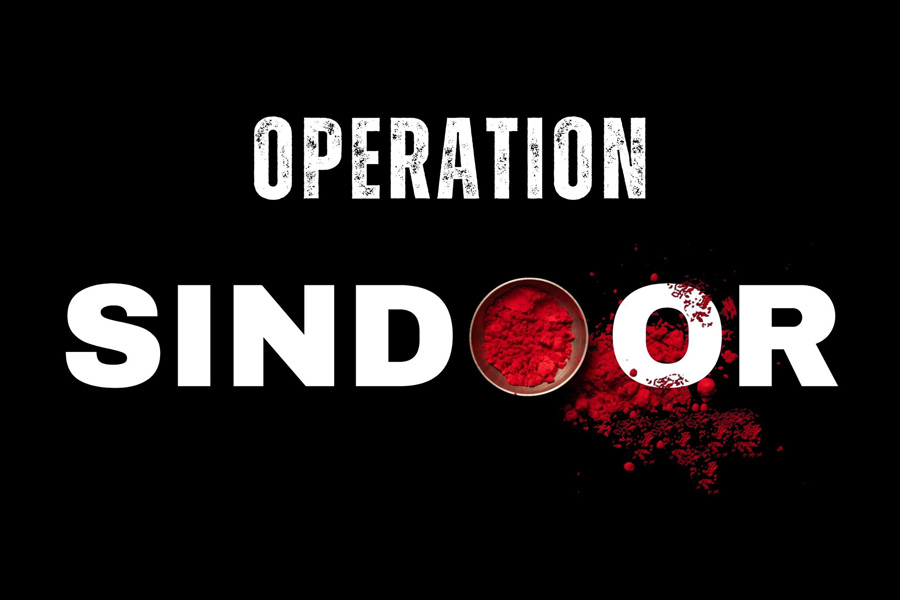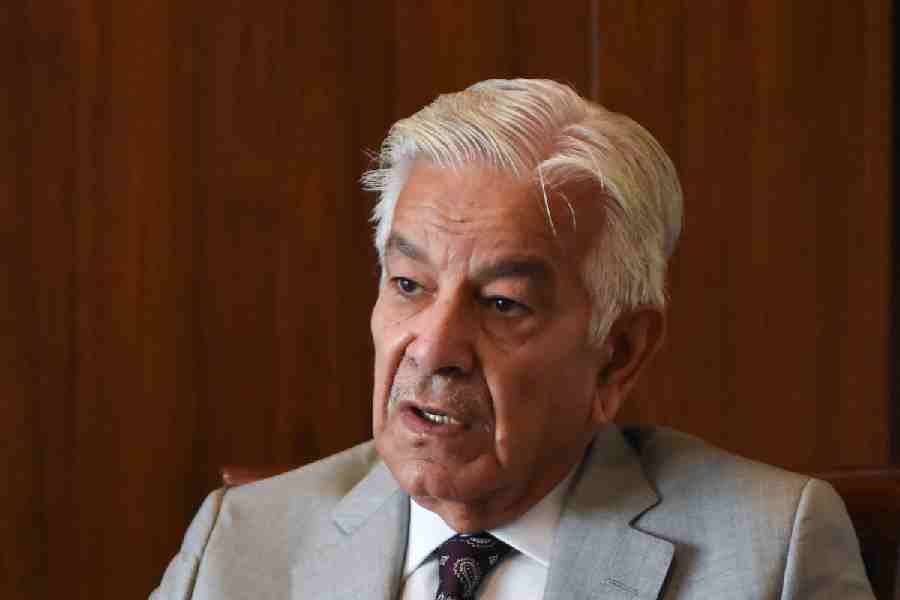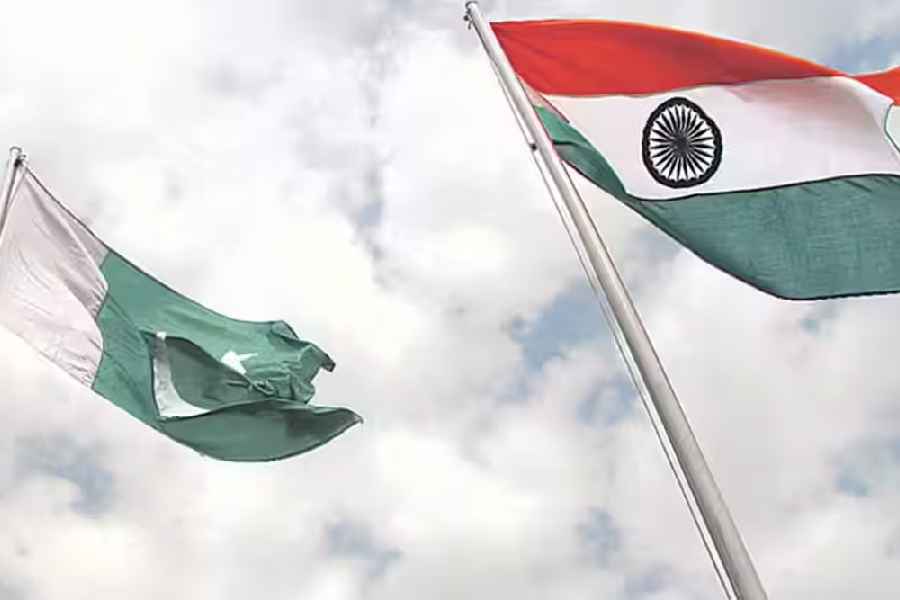
Before iPhones, there was the Nokia 3310. Before Angry Birds, there was Snake. And with the 10th anniversary iPhone months away, it’s ironic that the smartphone industry has gone into a tizzy over the revival of a feature phone.
The coffee flowed and cookies quickly disappeared inside HMD Global’s media centre on Monday afternoon, while Ajey Mehta, vice president India, of the Finnish company, finished talks with Google representatives in another part of the Mobile World Congress (MWC) in Barcelona.
The crowd at the Nokia phone stall had not ebbed for hours, as everyone wanted to see what the HMD Global (which now makes Nokia phones) had to offer. While everyone’s imagination ate through the relaunched version of the candybar-shaped 3310, which has sold more than 125 million units since its launch in 2000, in our hands were the new “smart” offerings.
Taking us through the specs of the first few phones from HMD Global were men and women in white shirts but unlike the ones at other MWC stalls, most here have in some way been connected with Nokia or are directly working with HMD. Obviously, they spoke from the heart, like Ajey, who soon appeared out of nowhere.
What makes Nokia’s comeback important?
“Nokia has always stood for reliability, trust, durability, humanness, simplicity… all these values will be retained,” Ajey told us after finding a place at a table where all the new offerings from his company were on display.
To put matters into perspective, Microsoft purchased Nokia’s mobile device unit in 2014 for $7.2 billion and two years later it sold its feature phone assets to a subsidiary of Taiwanese firm Foxconn Technology and the newly-established HMD Global for $350 million. And the CEO of HMD Global, headquartered in Helsinki, is former Nokia and Microsoft executive Arto Nummela.
Making the new Nokia phones head-turners is the no-nonsense experience they offer. Unlike many Android phone brands, which come loaded with apps that cannot be uninstalled and skins that affect performance, these are phones that offer pure Android.
“We did a lot of research because it’s important our devices appeal to new-age consumers. We have a lot of loyal customers and we want them to be a part of the story as well. But at the same time, we need to be relevant to young consumers who have probably seen their parents use a Nokia but may not have had a personal relationship with the brand. The Nokia 6 which we have already launched in China… research shows that 74 per cent are young customers,” said Ajey. Besides the Nokia 6, there is the Nokia 5 and Nokia 3.
MAKING NOKIA SMART!

Nokia 6: Comes with 5.5-inch bright full-HD display, immersive sound with Dolby Atmos and 16 MP camera (8 MP on the front). The body is crafted from seamless aluminium, taking 55 minutes to machine from a solid block of metal. It comes with Android Nougat and is powered by Qualcomm Snapdragon 430, and has 3 GB RAM (4 GB for the arte black model), 32 GB mass storage (64 GB for arte black) and MicroSD card support of up to 128 GB.
Price: Euro 229 (Rs 16,000 approx.)

Nokia 5: Seamless aluminium unibody, 5.2-inch HD sculpted Corning Gorilla glass display and fingerprint sensor. 13 MP autofocus camera on the back, 8 MP camera on the front. Available as both single SIM and dual SIM variants. Powered by Qualcomm Snapdragon 430 processor and 2 GB RAM. 16 GB storage and a MicroSD card supports up to 128 GB.
Price: Euro 189 (Rs 13,300 approx.)

Nokia 3: Powered by MTK 6737 Quad-core 1.3Ghz, the phone runs on Android 7.0 Nougat. It comes with a 5-inch display, has 16 GB internal memory (support for up to 128 GB), 2 GB RAM and 8 MP front and back cameras.
Price: Euro 139 (Rs 9,700 approx.)
FOUR PILLARS OF NOKIA VIA HMD
Ajey Mehta and Pranav Shroff of HMD share the four reasons that make the new range of Nokia phones special
1. Focus on core experiences: Everybody is talking about either being bigger or faster. And we are being told that you have two, now buy three. You have 1.4, now buy 1.6. Once we buy the device, we really don’t see the difference. Our focus is on core customer experiences.
2. Quality and craftsmanship: When you hold a product, you feel the quality. We use premium materials. Look at Nokia 6. It has been crafted from a single block of 6,000 series aluminium. There are no seams at all. Then we polish the device. We do two rounds of anodising and polish each device five times. It takes hours to make these phones.
3. Pure Android: We are late entrants in the Android world but we have made sure the Android we offer is pure. There is no bloatware forced down the throat of consumers. Don’t ask us to put up with uninstallable apps; if I want something I can go to Google Play and download. We don’t do skins because it affects performances. If you look at young consumers, it’s about trust and control.
4. Security updates: We are giving those monthly. Think from the standpoint of the Nokia 3 which is priced at Euro 139. At this price point, consumers don’t often see the latest version of Android, leave alone security updates and updates of Android. We are giving consumers Nougat. We are promising up-to-date security updates.
3310, 3310, 3310
Equally interesting is the way HMD has organised itself as an “asset-light” company to deliver world-class phones.
“We are working with Google. Working with Foxconn. Working with Qualcomm. We are working with the best of the best.
We are an asset-light company,” says Ajey. “We have learnt that consumers are looking for simple, secure solutions. The market is cluttered with undistinguished products. There is fatigue in the market. What skill set does HMD have? We understand the consumer. We understand portfolio, sales and marketing.”
The “understanding consumer” part has, in fact, translated into one of 2017’s best phone launches at a time when smartphones boast of 6 GB RAM and other insane specifications.
The 3310. Arto Nummela relaunched the iconic number in a very matter-of-fact way, emphasising what needs to be emphasised: It is durable. Offers day-long talk time and month-long standby time.
But why the 3310? “We went out there and asked consumers their favourite Nokia phone. All we heard was 3310, 3310, 3310 indestructible… it was overwhelming. The whole idea is to make this a modern classic, to bring back nostalgia but also be relevant in today’s times. It’s not just for someone who owned a 3310 17 years ago but it’s also meant for a 17-year-old. And it comes in vibrant colours. We have brought back two colours that were iconic (blue and grey) and at the same time given two new colours (red and yellow). At the same time, we wanted to be relevant, so we have put data on this (there is a simple web browser). It also has a camera. On top of everything, you can play Snake,” said Pranav Shroff, director, portfolio and product management, HMD Global.
Later, Ajey took the point forward: “Say you are coming to Barcelona, why can’t this be your phone. Charge it at home and come here for a few days without worrying.”
Also, the 3310 (Euro 49 or Rs 3,500 approx.) is just perfect for those keen on a digital detox.
The one problem
The 3310 can be used only where 2G is still supported (900 MHz and 1800 MHz), which means, don’t take it to the US, Australia or Canada. But that shouldn’t rob the new 3310 of the “fantastic phone in a cool design” tag. And it can always be a companion phone to the smartphone.
The ring ahead
So, is the Nokia brand here to stay? “Of course. We are working on the roadmap and future launches. Our focus is to win in the smartphone space and we would like to become one of the top three players in the next couple of years. Feature phone is big business in India but we also have to win the smartphone race. We will continue to refresh. We will be a full-range player, across price points. But we will not be in the specs race,” rounded off Ajey.



